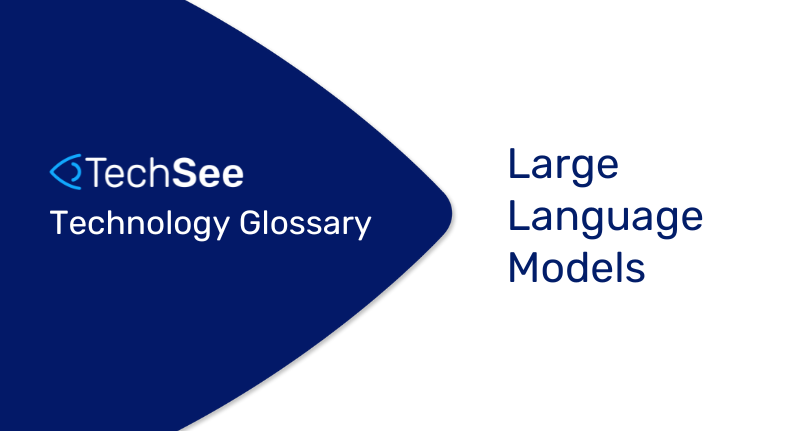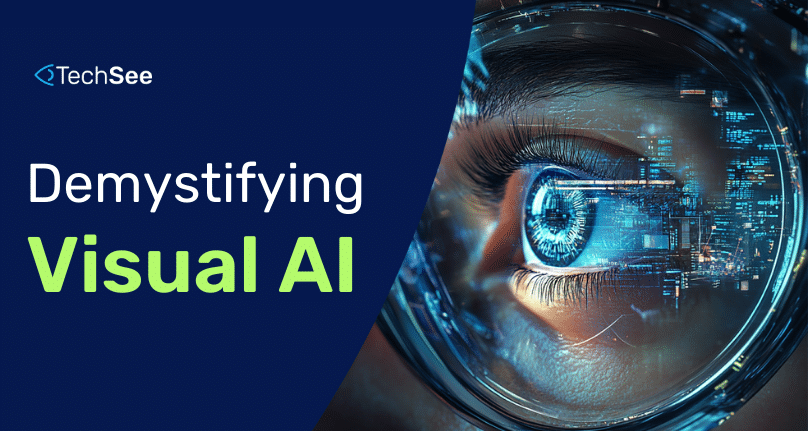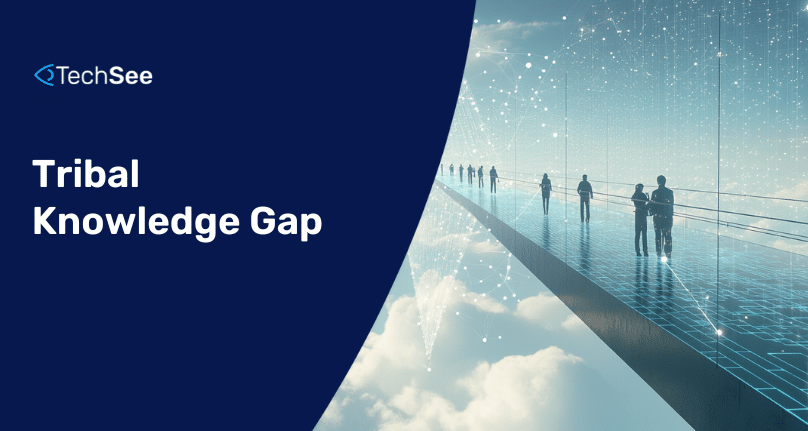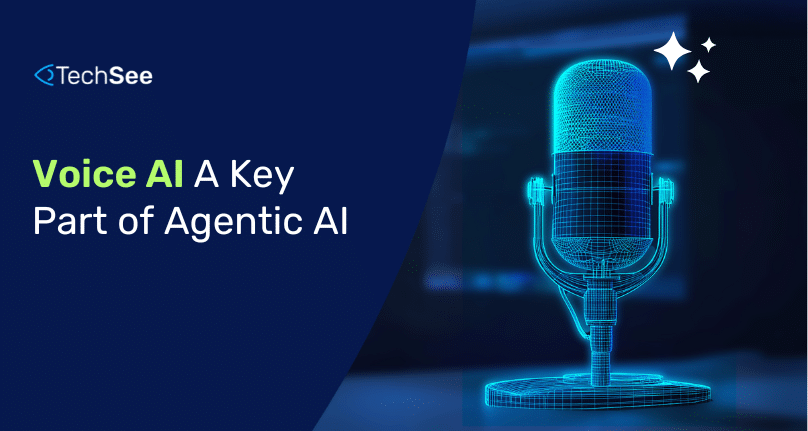Large Language Models (LLMs) are advanced artificial intelligence systems that understand and generate human language. These models, like GPT4 and LLAMA 2, have the ability to process vast amounts of text data and learn patterns, enabling them to generate coherent and contextually relevant human-like text.
In the service industry, LLMs, such as GPT4 and LLAMA 2, are revolutionizing customer interactions. TechSee, a leading provider of visual service technology, integrates LLMs into its solutions to enhance customer support and problem-solving. With TechSee’s innovative technology, customer service agents can leverage LLMs to communicate effectively and provide accurate assistance, leading to faster issue resolution and improved customer satisfaction.
How do LLMs work?
Large Language Models (LLMs) leverage vast amounts of text data to learn the patterns, relationships, and context within human language. Here’s a simplified overview of how they work:
- Pretraining: LLMs are first pre-trained on a massive dataset containing a wide range of text from the internet. During this phase, the model learns to predict the next word in a sentence, effectively capturing grammar, syntax, and semantic structures. This helps the model develop a foundational understanding of language.
- Fine-tuning: After pretraining, the model is fine-tuned on a more specific dataset, often curated for a particular task or domain. This fine-tuning process helps the model specialize in generating relevant content for a specific purpose. In the case of TechSee’s use in the service industry, fine-tuning may focus on understanding customer inquiries and providing accurate solutions.
- Contextual Understanding: LLMs excel at understanding the context in which words and phrases appear. They consider the surrounding text to generate coherent and contextually relevant responses. This contextual understanding enables LLMs to generate human-like text that makes sense within a given conversation.
- Generating Text: When a user provides input (such as a question or request), the LLM processes the input, analyzes the context, and generates a response. The generated text is based on the patterns it learned during training and the specific input it received. The more data the model has been trained on, the better it can generate coherent and meaningful responses.
- Iterative Learning: LLMs continuously learn from new data and user interactions. The more they’re used, the better they understand nuanced language, stay up-to-date with trends, and provide accurate information.
LLMs are a powerful tool that, when applied intelligently, can transform various industries, including customer service, by enabling more natural and effective human-machine interactions.
TechSee uses customized and secure LLMs in their visual service technology to assist both customers and customer service agents by suggesting solutions, providing explanations, and guiding interactions. This is a critical part of TechSee’s proprietary Multi Sensory AI solution. This integration enhances the efficiency and effectiveness of customer support, leading to improved issue resolution and customer satisfaction.






